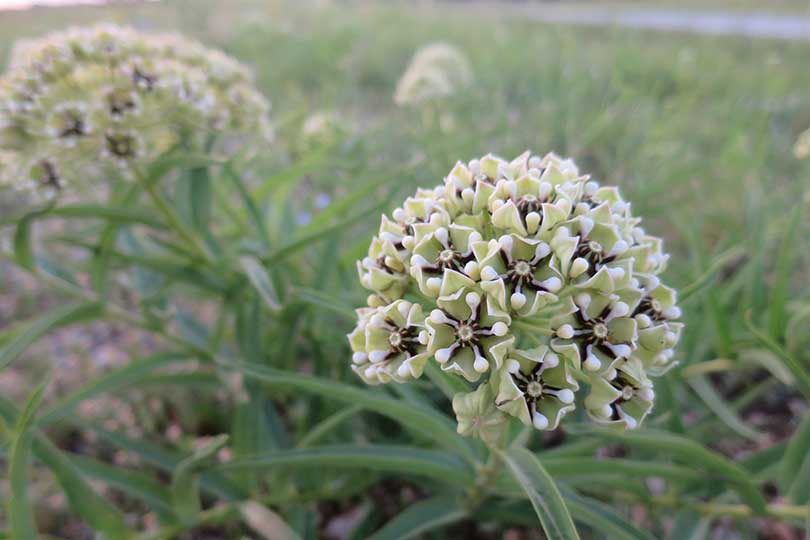By Julie Tomascik
Associate Editor
A butterfly on the brink. But Texas agriculture can help.
The distinctive Monarch has faced years of population decline due to a number of factors. Logging in Mexico, where the butterfly overwinters. Drought severely affected milkweed—the insect’s food source. And agriculture has long treated the same milkweed as a pest.
But a plan is in place. The Texas State Soil and Water Conservation Board (TSSWCB) is working in cooperation with 143 Soil and Water Conservation Districts throughout the state to enhance and restore Monarch butterfly habitat.
The National Fish and Wildlife Foundation, along with the U.S. Department of Natural Resources Conservation Service, provided funding. Texas farmers, ranchers and private landowners can participate in the project, which develops conservation plans and funds the planting of pollinator-friendly plant species on 1,600 acres of rural Texas lands along the Monarch’s migratory pattern.
“We are aiming to protect, conserve and increase habitat for the Monarch across the state,” said TSSWCB project manager Liza Parker. “We’re looking for private landowners to help with this project.”
And there’s an incentive.
Funding—$375 per acre—will be available for tracts of land between 1 and 30 acres to help cover seed cost, planting and maintenance of the land. Seed cost will vary by company.
“Once an application is selected, one of our regional staff members or a district technician will then visit the location,” Parker said. “They will work with the applicant to determine what seed mixes are appropriate for them and what’s going to be the appropriate way to plant the seed depending on their landscape, soil type and how the land is being used.”
It’s a site-specific conservation planning process. And the agency will recommend ideal planting times and establish any type of routine maintenance needed.
Schools and municipalities also will qualify for funding to develop a Monarch butterfly garden between 100 and 300 square feet.
“We do realize schools and businesses often hire a landscaping company and the costs associated with that are usually higher,” Parker said. “The urban gardens would have a max payment of $1,700.”
From rural lands to schools and businesses, Texas is one of the leading states in Monarch habitat restoration and enhancement due simply to its geographic location.
Monarchs migrate through Texas to Mexico where they overwinter and back through Texas on their journey north. More than 175 counties near the I-35 corridor are in the migration route and are part of the area covered for the project.
Interested applicants can find more information, as well as applications, online at tsswcb.texas.gov/monarch. The applications must be submitted through the applicant’s local Soil and Water Conservation District.

